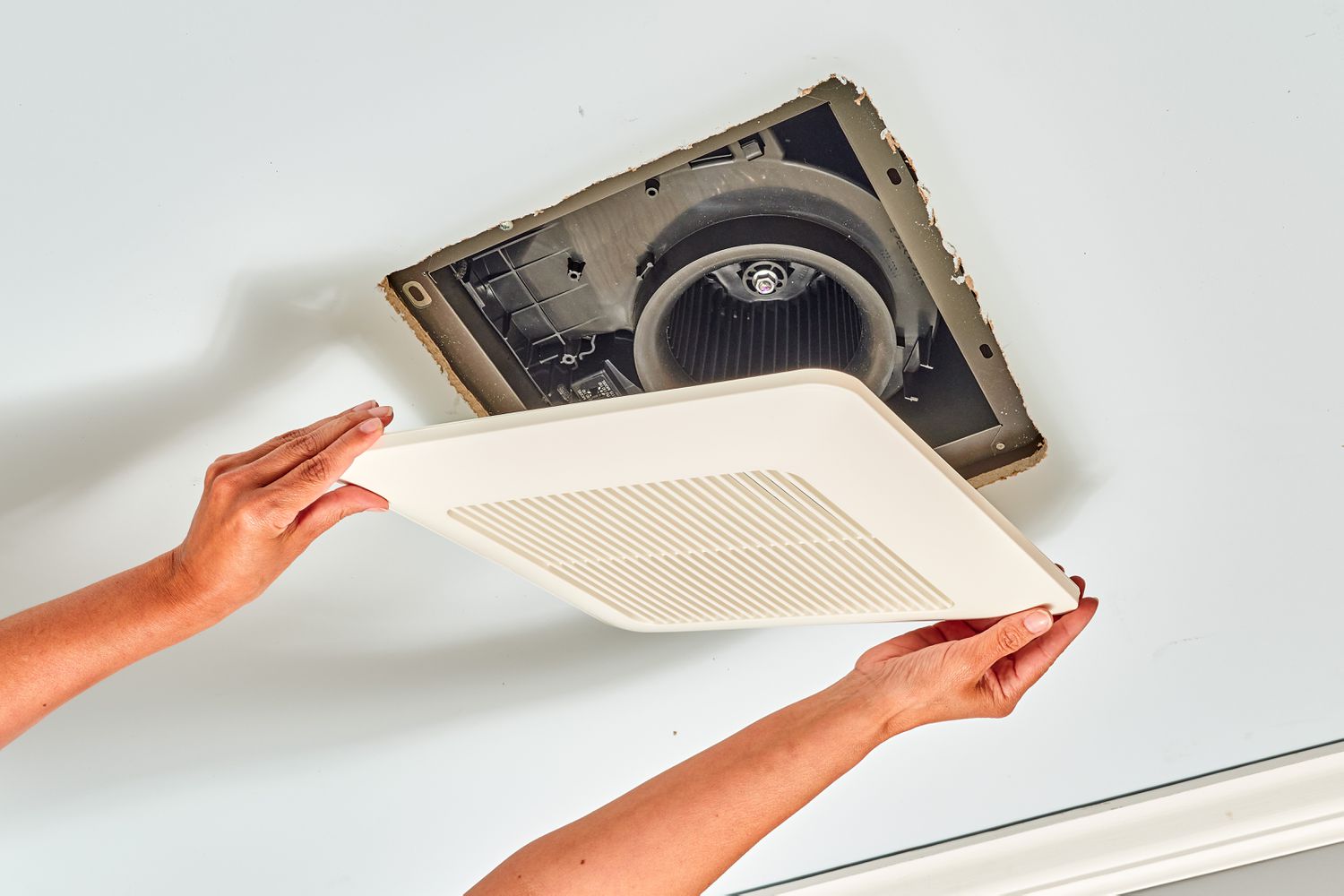

Articles
Who Can Install Bathroom Exhaust Fan
Modified: January 18, 2024
Looking for articles on who can install a bathroom exhaust fan? Find expert advice and tips on bathroom fan installation from our experienced team.
(Many of the links in this article redirect to a specific reviewed product. Your purchase of these products through affiliate links helps to generate commission for Storables.com, at no extra cost. Learn more)
Introduction
Welcome to the world of bathroom ventilation! Although often overlooked, bathroom exhaust fans play a crucial role in maintaining a clean, healthy, and comfortable bathroom environment. These fans help to remove excess moisture, odors, and pollutants from the air, preventing the growth of mold and mildew and improving the overall indoor air quality. In addition, they help to prevent fogged-up mirrors, peeling wallpaper, and other signs of excessive moisture.
Installing a bathroom exhaust fan is a wise investment that can not only improve the longevity and appearance of your bathroom but also enhance the overall comfort and well-being of your living space. However, the process of installing a bathroom exhaust fan can be quite overwhelming, especially for those who are not familiar with electrical work or construction processes.
In this article, we will explore the importance of bathroom exhaust fans, discuss the different types available, and provide guidance on whether to hire a professional or attempt a DIY installation. We will also walk you through the step-by-step process of installing a bathroom exhaust fan and offer safety precautions and troubleshooting tips to ensure a successful installation.
Whether you’re remodeling your bathroom, tackling a home improvement project, or simply looking to upgrade your current ventilation system, this guide will equip you with the knowledge and confidence to make informed decisions regarding the installation of a bathroom exhaust fan. So let’s dive in and explore the world of bathroom ventilation!
Key Takeaways:
- Properly installed bathroom exhaust fans are essential for maintaining a clean, healthy, and comfortable bathroom environment by removing excess moisture, odors, and pollutants, and preventing damage to surfaces and structures.
- Whether hiring a professional or opting for a DIY installation, prioritizing safety, following manufacturer instructions, and addressing common issues promptly ensures the efficient and reliable operation of bathroom exhaust fans.
Read more: Who Can Fix A Bathroom Exhaust Fan
Importance of Bathroom Exhaust Fans
Bathroom exhaust fans are not just a luxury; they are a necessity for any bathroom space. Here are a few key reasons why these fans are important:
- Moisture Control: One of the primary functions of a bathroom exhaust fan is to remove excess moisture from the air. When you take a shower or bath, the warm water creates steam, which can quickly lead to a buildup of humidity in the bathroom. Excess moisture can cause a range of problems, including mold and mildew growth, peeling paint, warped wood, and deteriorating fixtures. A bathroom exhaust fan helps to ventilate the space and remove this moisture, preventing these issues.
- Odor Elimination: Bathrooms are prone to odors, especially after using the toilet or when grooming activities are done. An exhaust fan helps to remove unpleasant smells from the bathroom, keeping the air fresh and clean. This is particularly important in small or windowless bathrooms, where odors can linger for longer periods.
- Indoor Air Quality: Poor indoor air quality can lead to a range of health issues such as allergies, respiratory problems, and irritation. A bathroom exhaust fan helps to remove pollutants, dust, and chemicals from the air, improving the overall indoor air quality and creating a healthier environment for you and your family.
- Prevention of Damage: Excess moisture can wreak havoc on your bathroom’s infrastructure. It can damage the walls, ceilings, and flooring, leading to costly repairs and renovations. By efficiently removing moisture, a bathroom exhaust fan helps to prevent these damages, prolonging the lifespan and aesthetics of your bathroom.
- Comfort and Convenience: An exhaust fan helps to keep your bathroom comfortable by reducing humidity levels and preventing the accumulation of steam. This means no more foggy mirrors, peeling wallpaper, or damp towels. Additionally, a well-ventilated bathroom feels more pleasant to use as it ensures proper airflow and prevents stuffiness.
Overall, the installation of a bathroom exhaust fan is crucial for maintaining a clean, dry, and healthy bathroom environment. It not only protects the structural integrity of your bathroom but also contributes to your overall well-being. Whether you’re spending a few minutes getting ready in the morning or enjoying a relaxing bath at the end of the day, a properly functioning exhaust fan ensures a comfortable and enjoyable experience in your bathroom.
Types of Bathroom Exhaust Fans
When it comes to bathroom exhaust fans, there are several types to choose from, each offering unique features and benefits. Let’s take a closer look at the different types of bathroom exhaust fans:
- Wall-Mounted Exhaust Fans: As the name suggests, wall-mounted exhaust fans are installed on the exterior wall of the bathroom. These fans are ideal for bathrooms where ceiling installation is not viable or when additional ventilation is required. Wall-mounted fans are relatively easy to install and can effectively remove moisture and odors from the bathroom.
- Ceiling-Mounted Exhaust Fans: Ceiling-mounted exhaust fans are the most common type and are typically installed directly on the ceiling. These fans are discreet and feature a grille or cover that blends with the bathroom decor. Ceiling-mounted fans are known for their quiet operation and efficient ventilation, making them suitable for most bathroom sizes.
- In-Line Exhaust Fans: In-line exhaust fans are installed in the attic or crawl space, away from the bathroom. They are connected to the bathroom vent via ductwork and provide powerful ventilation. In-line fans are a good option for larger bathrooms or when there is a need for remote mounting. These fans are known for their high airflow capacity and are often used in conjunction with multiple bathroom vents.
- Combination Exhaust Fans with Light: Combination exhaust fans combine the functionality of a bathroom fan with a built-in light. These fans are popular in bathrooms where both ventilation and lighting upgrades are desired. They come in various styles and configurations, including fans with dimmable lights, LED lights, and even integrated heat lamps for added warmth.
- Heat and Ventilation Fans: Heat and ventilation fans, also known as fan heaters, are equipped with a heating element in addition to the exhaust fan functionality. These fans are ideal for bathrooms in colder climates or during the winter season when extra warmth is needed. Heat and ventilation fans provide a combination of heating, ventilation, and exhaust capabilities, ensuring comfort all year round.
When selecting a bathroom exhaust fan, consider factors such as the size of your bathroom, the level of noise you can tolerate, the desired features, and the installation requirements. It’s also essential to choose a fan that meets the necessary airflow requirements for your bathroom size to ensure adequate ventilation.
Now that you have a better understanding of the different types of bathroom exhaust fans, you can choose the one that best suits your needs and preferences. Whether you opt for a ceiling-mounted fan for simplicity or a combination fan with light for added functionality, installing the right exhaust fan will greatly enhance the ventilation and comfort of your bathroom space.
Hiring a Professional for Bathroom Exhaust Fan Installation
Installing a bathroom exhaust fan may seem like a straightforward task, but it involves electrical work, construction knowledge, and adherence to building codes. While some homeowners feel confident in their DIY abilities, it’s important to note that hiring a professional for bathroom exhaust fan installation can offer several advantages:
- Expertise and Experience: Professional electricians or HVAC technicians have the necessary knowledge and experience to handle electrical connections, wiring, and construction aspects of bathroom exhaust fan installation. They understand the safety protocols, local building codes, and industry standards, ensuring a proper and compliant installation.
- Time and Convenience: Installing a bathroom exhaust fan can be time-consuming, especially for those without prior experience. Hiring a professional allows you to sit back and relax while they handle the entire installation process efficiently and effectively. This saves you time and ensures that the fan is installed correctly without any hassle.
- Quality Workmanship: Professionals strive for excellence in their work. They have access to the right tools and materials, ensuring a high-quality installation that will last for years to come. They can also provide warranties or guarantees on their workmanship, providing peace of mind and protection in case of any issues down the line.
- Safety: Electrical work can be dangerous, especially for those without proper training. Hiring a professional eliminates the risk of electrical shocks, short circuits, or other potential hazards associated with improper installation. Professionals follow safety protocols, including turning off the power supply, using proper grounding techniques, and ensuring that all connections are secure.
- Code Compliance: Building codes and regulations may vary depending on your location. Professionals are well-versed in these codes and will ensure that your bathroom exhaust fan installation meets all the necessary requirements. This not only ensures safety but also avoids any potential issues or penalties that may arise from non-compliance.
While hiring a professional for bathroom exhaust fan installation offers several advantages, it’s essential to research and choose a reputable and licensed contractor. Look for professionals who have experience with similar projects, provide references, and offer competitive pricing. Don’t hesitate to ask for proof of insurance and warranties they offer for their work.
However, if you have experience with electrical work and feel confident in your abilities, you may choose to install the bathroom exhaust fan yourself. In such cases, it’s crucial to carefully follow manufacturer instructions, use appropriate safety precautions, and consult local building codes to ensure a safe and compliant installation.
Ultimately, the decision to hire a professional or opt for a DIY installation depends on your comfort level, expertise, and the complexity of your bathroom exhaust fan project. Remember, a properly installed bathroom exhaust fan will provide efficient ventilation, prevent moisture-related issues, and contribute to a healthier and more comfortable bathroom environment.
DIY Installation of Bathroom Exhaust Fans
If you’re a handy homeowner looking to save some money and take on a rewarding project, installing a bathroom exhaust fan yourself can be a viable option. With the right tools, materials, and a bit of patience, you can successfully complete the installation process. Here are the steps to guide you through a DIY installation:
Read more: How To Install An Exhaust Fan
Tools and Materials Required for DIY Installation:
- Power drill
- Screwdriver
- Utility knife
- Duct tape or metal foil tape
- Wire strippers
- Wire connectors
- Mounting brackets or hangers
- Electrical cable (if not provided with the fan)
- Ductwork and fittings
- Ladder
- Protective gear (safety glasses, dust mask, gloves)
Step-by-Step Guide to Installing a Bathroom Exhaust Fan:
- Choose the Right Location: Select a suitable location on the ceiling or wall of your bathroom to install the exhaust fan. Make sure it is near a power source and can be vented to the outside effectively. Avoid placing the fan too close to the shower or bathtub to prevent damage from excessive moisture.
- Turn Off the Power: Before starting any electrical work, turn off the power supply to the bathroom at the circuit breaker box to ensure safety.
- Attach Mounting Brackets: Follow the manufacturer’s instructions to attach the mounting brackets or hangers to the ceiling or wall. Ensure they are securely fastened to provide stable support for the fan.
- Install the Exhaust Fan: Carefully place the exhaust fan into the mounted brackets, ensuring it is level and tightly secured. Connect the wiring as per the manufacturer’s instructions, making sure to strip the wire ends and use wire connectors for proper connections.
- Connect the Ductwork: Attach the appropriate ductwork and fittings to the exhaust fan, ensuring a tight connection. Use duct tape or metal foil tape to secure the joints and prevent any air leaks.
- Vent the Exhaust: Extend the ductwork to the exterior of your home through a vent opening. This vent should lead outside and away from windows, doors, and other areas where the expelled air could re-enter the house.
- Seal and Insulate: Use insulation or weather-stripping around any gaps or openings in the exhaust fan or ductwork to prevent drafts, improve efficiency, and reduce noise transmission.
- Secure and Test: Ensure all connections and fasteners are secure. Turn the power back on and test the exhaust fan to ensure it is functioning properly and effectively removing moisture and odors from the bathroom.
Safety Precautions for Bathroom Exhaust Fan Installation:
- Always follow safety precautions, such as wearing protective gear, when working with tools and electrical components.
- If you are unsure about any electrical aspect of the installation, consult a licensed electrician.
- Check local building codes and permit requirements before starting the installation.
- Ensure proper ventilation to the outside to prevent moisture buildup and mold growth.
- Regularly clean and maintain the exhaust fan to keep it functioning optimally.
Please note that this is a general guide for DIY bathroom exhaust fan installation. It’s important to consult the specific instructions provided by the manufacturer of your chosen fan, as installation steps can vary. If you are unfamiliar with electrical work or construction processes, or if you encounter any difficulties during installation, it’s advisable to seek professional assistance.
With careful planning, attention to detail, and adherence to safety guidelines, a DIY bathroom exhaust fan installation can be a rewarding and cost-effective project that enhances the ventilation and comfort of your bathroom space.
Tools and Materials Required for DIY Installation
Before embarking on a DIY bathroom exhaust fan installation, it’s important to gather the necessary tools and materials. Having the right equipment on hand will make the installation process more efficient and ensure a successful outcome. Here are the essential tools and materials you will need:
Read more: Who Can Install Bathroom Vanity
Tools:
- Power drill: A power drill with appropriate drill bits will be needed to create holes for mounting brackets and ventilation ducts.
- Screwdriver: Both flathead and Phillips screwdrivers may be required for loosening and tightening screws during the installation process.
- Utility knife: A utility knife is essential for cutting through ductwork, insulation, or any other materials that need to be modified or removed.
- Duct tape or metal foil tape: This tape is used to seal joints and connections in the ventilation ducts, ensuring a secure and airtight installation.
- Wire strippers: Wire strippers are necessary for removing the insulation from electrical wires, allowing for proper connections.
- Wire connectors: Wire connectors are used to join or splice electrical wires together, ensuring a secure and reliable electrical connection.
- Mounting brackets or hangers: These brackets or hangers are used to securely attach the exhaust fan to the ceiling or wall. The type and size required will depend on the specific fan model.
- Ladder: A safe and stable ladder will be needed to access the installation area, especially if you’re installing a ceiling-mounted fan.
- Protective gear: Safety should be a priority during installation. Ensure you have safety glasses, a dust mask, and gloves to protect your eyes, lungs, and hands from any potential hazards.
Materials:
- Electrical cable: If the bathroom exhaust fan does not come with an electrical cable, you will need to purchase one that is suitable for the electrical requirements of the fan.
- Ductwork and fittings: Depending on the specific installation requirements, you may need to purchase ductwork and the appropriate fittings to connect the exhaust fan to the outside vent.
It’s important to note that the specific tools and materials required may vary depending on your specific installation project. Always refer to the manufacturer’s instructions and specifications to determine the precise requirements for your chosen bathroom exhaust fan model.
By ensuring that you have the necessary tools and materials before starting the installation, you can proceed with confidence and minimize any potential delays or interruptions. A well-equipped DIY installation will make the process smoother and allow you to enjoy the benefits of a properly functioning bathroom exhaust fan in no time.
Step-by-Step Guide to Installing a Bathroom Exhaust Fan
Installing a bathroom exhaust fan is a project that can be accomplished by DIY enthusiasts with some basic electrical and construction knowledge. By following these step-by-step instructions, you can successfully install a bathroom exhaust fan and improve the ventilation in your bathroom:
- Choose the Right Location: Select a suitable location for your bathroom exhaust fan. It should be in an area that allows for efficient ventilation and is within reach of a power source. Consider the proximity to the shower or bathtub and aim to place the fan where it can effectively remove excess moisture and odors.
- Prepare the Installation Area: Clear the area around the installation location. Remove any light fixtures or existing ventilation components that may hinder the installation process. Follow local building codes and regulations for necessary clearances or requirements.
- Turn Off Power Supply: Before starting any electrical work, switch off the power supply to the bathroom at the circuit breaker box. This is crucial to ensure your safety while working with electrical connections.
- Mark the Installation Area: Using a pencil or marker, mark the outline of the exhaust fan on the ceiling or wall. This will serve as a guide during the installation process.
- Prepare the Ductwork: Attach the appropriate ductwork to the exhaust fan. Measure and cut the duct according to the manufacturer’s instructions, ensuring a proper fit. Use duct tape or metal foil tape to secure the connections and prevent air leakage.
- Mount the Fan: Securely mount the exhaust fan to the marked installation area using the provided mounting brackets or hangers. Make sure the fan is level and firmly attached to the ceiling or wall.
- Connect the Wiring: Follow the manufacturer’s instructions to make the electrical connections. Strip the wire ends and use wire connectors to join the fan’s wiring with the electrical supply. Ensure proper grounding and secure connections.
- Secure the Fan Grille: Attach the fan grille or cover to the fan unit using the provided screws or clips. This will complete the physical installation of the exhaust fan.
- Install the Ventilation Duct: Extend the ventilation duct to the outside of your home through a vent opening or vent cap. Ensure the duct is properly secured and insulated to prevent air leaks and maintain efficient airflow.
- Test and Adjust: Turn on the power supply and test the exhaust fan. Ensure that it is functioning properly and effectively removing moisture and odors from the bathroom. Make any necessary adjustments or tweaks to the fan’s settings or positioning to optimize its performance.
- Finishing Touches: Once the fan is installed and operating correctly, clean up the installation area and restore any removed fixtures or components. Double-check for any loose connections or potential issues to ensure a safe and reliable installation.
Remember to consult the specific instructions provided by the manufacturer of your chosen bathroom exhaust fan. Adhering to these instructions and local building codes will help ensure a successful installation and proper functioning of the fan.
If you encounter any difficulties or are unsure about any aspect of the installation process, it is recommended to consult a licensed electrician or professional for assistance. Safety should always be a priority, so don’t hesitate to seek professional help if needed.
By following these steps and taking the necessary precautions, you can enjoy the benefits of a properly installed bathroom exhaust fan, including better ventilation, reduced moisture, and improved indoor air quality in your bathroom.
Safety Precautions for Bathroom Exhaust Fan Installation
Ensuring safety during the installation of a bathroom exhaust fan is of utmost importance. By following these safety precautions, you can minimize the risk of accidents, electrical hazards, and other potential dangers:
- Turn off the power: Before starting any electrical work, switch off the power supply to the bathroom at the circuit breaker box. This step is crucial to prevent electrical shocks or accidents while working on the fan’s wiring.
- Wear protective gear: Always wear appropriate safety gear, including safety glasses, a dust mask, and gloves. These will protect your eyes, lungs, and hands from debris, dust, and potential hazards during the installation process.
- Use proper tools and equipment: Ensure that you have the necessary tools for the installation and use them correctly. Using the wrong tools or improper equipment can result in accidents or damage to the fan or surrounding areas.
- Follow manufacturer instructions: Carefully read and follow the manufacturer’s instructions for the specific bathroom exhaust fan you are installing. Each fan may have unique requirements and specifications that need to be followed for safe and proper installation.
- Securely mount the fan: Ensure that the bathroom exhaust fan is securely mounted to the ceiling or wall, using the provided mounting brackets or hangers. This will prevent the fan from falling or becoming loose over time.
- Properly ground the electrical connections: Follow the manufacturer’s instructions to ensure proper grounding of the electrical connections. This will protect against electrical shocks and ensure the safe operation of the fan.
- Avoid moisture contact: Take precautions to prevent moisture from coming into contact with electrical components. Ensure the bathroom is dry and cover any exposed wiring or connections to protect them from moisture during and after installation.
- Properly seal vent joints: Use duct tape or metal foil tape to securely seal all joints in the ventilation ductwork. This will prevent air leaks and help maintain efficient airflow.
- Do not overload circuits: Ensure that the bathroom exhaust fan is installed on a dedicated circuit or one that can handle the fan’s electrical requirements. Overloading circuits can lead to electrical malfunctions or fires.
- Test the fan after installation: Once the installation is complete, turn on the power supply and test the fan to ensure it is functioning properly. Look for any unusual noises, vibrations, or issues and address them promptly if necessary.
- Consult a professional if unsure: If you are uncertain about any aspect of the installation process or feel uncomfortable with electrical work, it is best to consult a licensed electrician or professional for assistance. Your safety should always be the top priority.
Following these safety precautions will help ensure a safe and successful installation of your bathroom exhaust fan. Remember, if you are unsure about any aspect of the installation or encounter any difficulties, it is always better to seek professional help than to risk compromising your safety or the integrity of the installation.
By prioritizing safety and taking the necessary precautions, you can enjoy the benefits of a properly installed and functioning bathroom exhaust fan, improving ventilation, removing excess moisture, and maintaining a healthy and comfortable bathroom environment.
Read more: What Is An Exhaust Fan
Common Issues and Troubleshooting Tips for Bathroom Exhaust Fans
While bathroom exhaust fans are designed to operate smoothly and efficiently, they may encounter some issues over time. Here are some common problems that may arise and troubleshooting tips to help you resolve them:
1. Fan not turning on or running slow:
- Check the power supply: Ensure that the fan is receiving power. Check the circuit breaker and reset if necessary.
- Inspect the wiring connections: Make sure all electrical connections are secure and properly connected.
- Clean the fan motor and blades: Accumulated dirt and dust can hinder the fan’s performance. Gently clean the motor and blades, removing any debris that may be obstructing proper operation.
- Replace the fan motor: If the fan still does not turn on or runs slower than usual, the motor may need to be replaced. Consult the manufacturer or a professional for assistance.
2. Loud noises or vibrations:
- Tighten loose screws: Check and tighten any loose screws or fasteners that may be causing vibrations.
- Lubricate moving parts: Apply a small amount of lubricant to the fan’s motor and bearings to reduce friction and noise.
- Inspect the blades: Ensure that the blades are not bent or damaged. Replace any damaged blades to prevent noisy operation.
3. Inadequate airflow:
- Check for blockages: Examine the fan and ventilation ducts for any obstructions such as debris, dust, or build-up. Clean or remove any blockages to improve airflow.
- Inspect the vent cover: Ensure that the vent cover is not obstructed or closed, allowing proper air intake and exhaust flow.
- Upgrade to a higher CFM fan: If the fan is not providing sufficient airflow, consider upgrading to a fan with a higher Cubic Feet per Minute (CFM) rating for improved ventilation.
Read more: How To Install An Exhaust Fan In The Kitchen
4. Excessive moisture or condensation:
- Check the ductwork: Inspect the ventilation ducts for any leaks or disconnected sections. Repair or replace damaged ductwork to prevent moisture from escaping into the bathroom.
- Use a dehumidifier: If the fan alone is unable to effectively remove moisture, consider using a dehumidifier to prevent excessive humidity in the bathroom.
- Ensure proper ventilation: Check that the ventilation duct is properly installed and venting to the outside. If necessary, consult a professional to improve the ventilation system.
5. Fan not shutting off:
- Check the fan switch: Ensure that the switch controlling the fan is functioning properly and not stuck in the “on” position. Replace the switch if necessary.
- Inspect the wiring: Check the wiring connections to ensure that they are secure and properly connected. Faulty or loose wiring can cause the fan to remain operational when it should be off.
- Consult a professional: If the fan continues to run non-stop, it may indicate a more complex electrical issue. It’s best to seek the assistance of a licensed electrician to resolve the problem.
If you encounter any other issues or if the troubleshooting tips above do not resolve the problem, it’s recommended to consult the manufacturer’s instructions or contact a professional for further assistance. Regular maintenance and cleaning of the bathroom exhaust fan can help prevent many common issues and ensure its efficient and reliable operation. By addressing problems promptly, you can maintain a properly functioning exhaust fan that effectively removes moisture, odors, and pollutants from your bathroom.
Conclusion
Installing a bathroom exhaust fan is a valuable investment that improves the ventilation, comfort, and overall health of your bathroom. It helps remove excess moisture, odors, and pollutants from the air, preventing damage to surfaces and promoting a clean and fresh environment. Whether you choose to hire a professional or embark on a DIY installation, the benefits of a properly functioning bathroom exhaust fan are undeniable.
We explored the importance of bathroom exhaust fans and the various types available, including wall-mounted, ceiling-mounted, in-line, combination fans, and heat and ventilation fans. Each type offers unique features to suit different bathroom sizes and preferences.
If you decide to hire a professional, you can enjoy the expertise, efficiency, and peace of mind that come with their knowledge and experience. They will ensure proper installation, adherence to building codes, and provide quality workmanship that will last for years to come.
For the DIY enthusiasts, we provided a step-by-step guide to help you install a bathroom exhaust fan successfully. We highlighted important safety precautions, the tools and materials required, and troubleshooting tips for common issues that may arise during the installation process.
Remember, safety should always be prioritized throughout the installation and use of your bathroom exhaust fan. Turning off the power, wearing protective gear, and consulting professionals when needed are essential steps to ensure a safe and successful installation.
In conclusion, a properly installed and functioning bathroom exhaust fan creates a healthier, more comfortable bathroom environment. It removes excess moisture, eliminates odors, reduces the risk of damage and mold growth, and improves indoor air quality. Whether you hire a professional or embark on a DIY installation, investing in a bathroom exhaust fan is a decision that will enhance your well-being and the longevity of your bathroom for years to come.
Frequently Asked Questions about Who Can Install Bathroom Exhaust Fan
Was this page helpful?
At Storables.com, we guarantee accurate and reliable information. Our content, validated by Expert Board Contributors, is crafted following stringent Editorial Policies. We're committed to providing you with well-researched, expert-backed insights for all your informational needs.
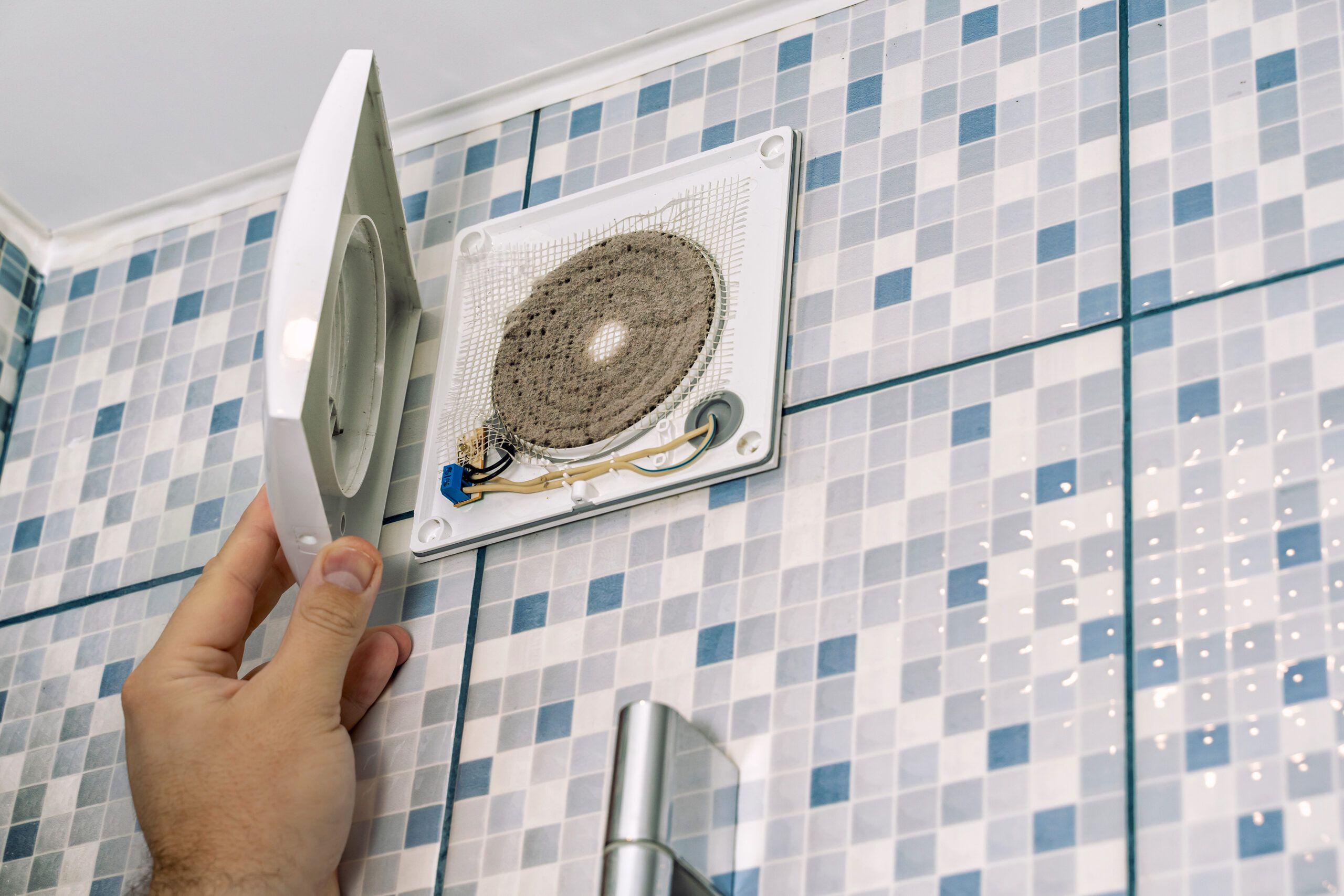
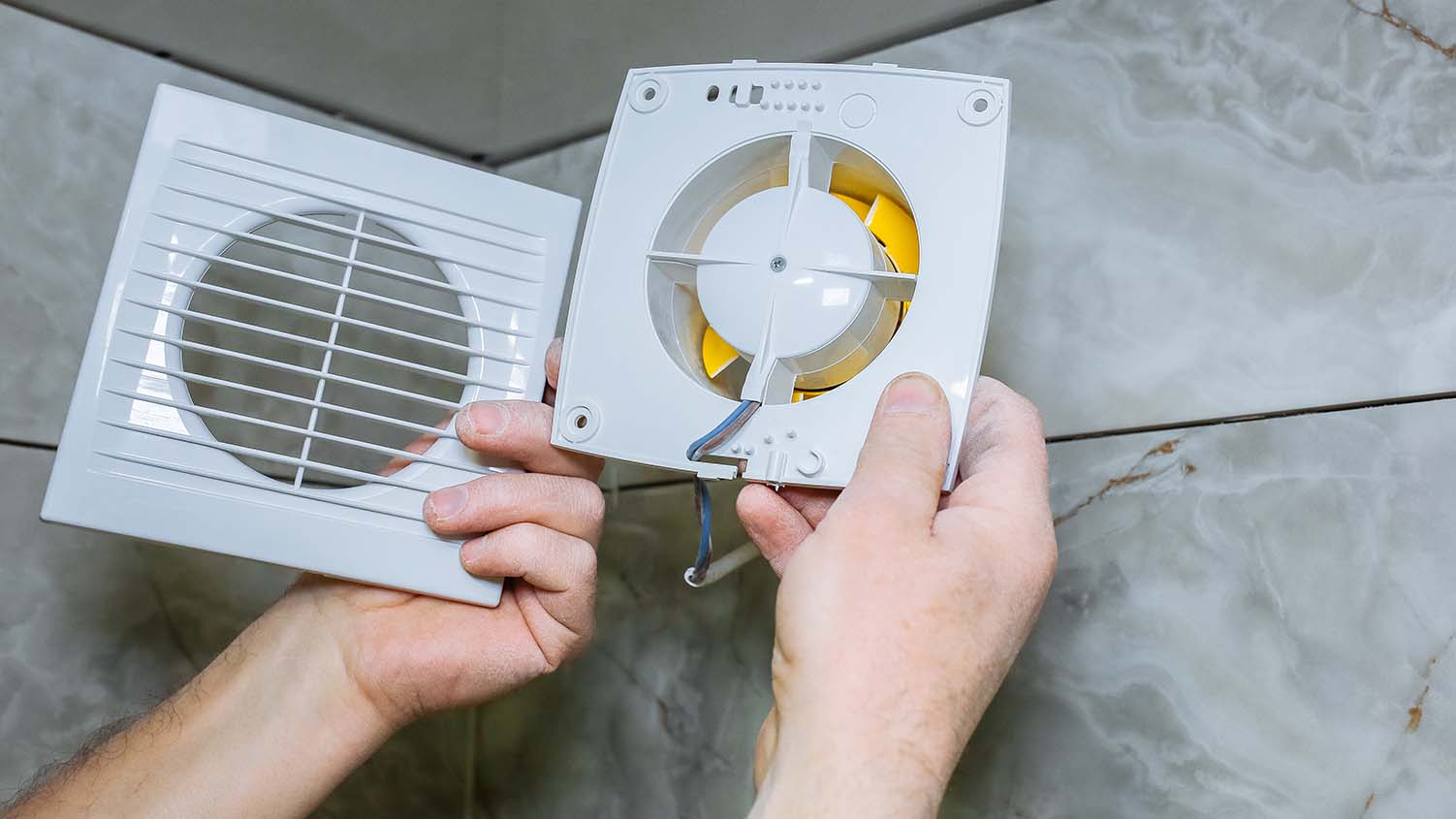
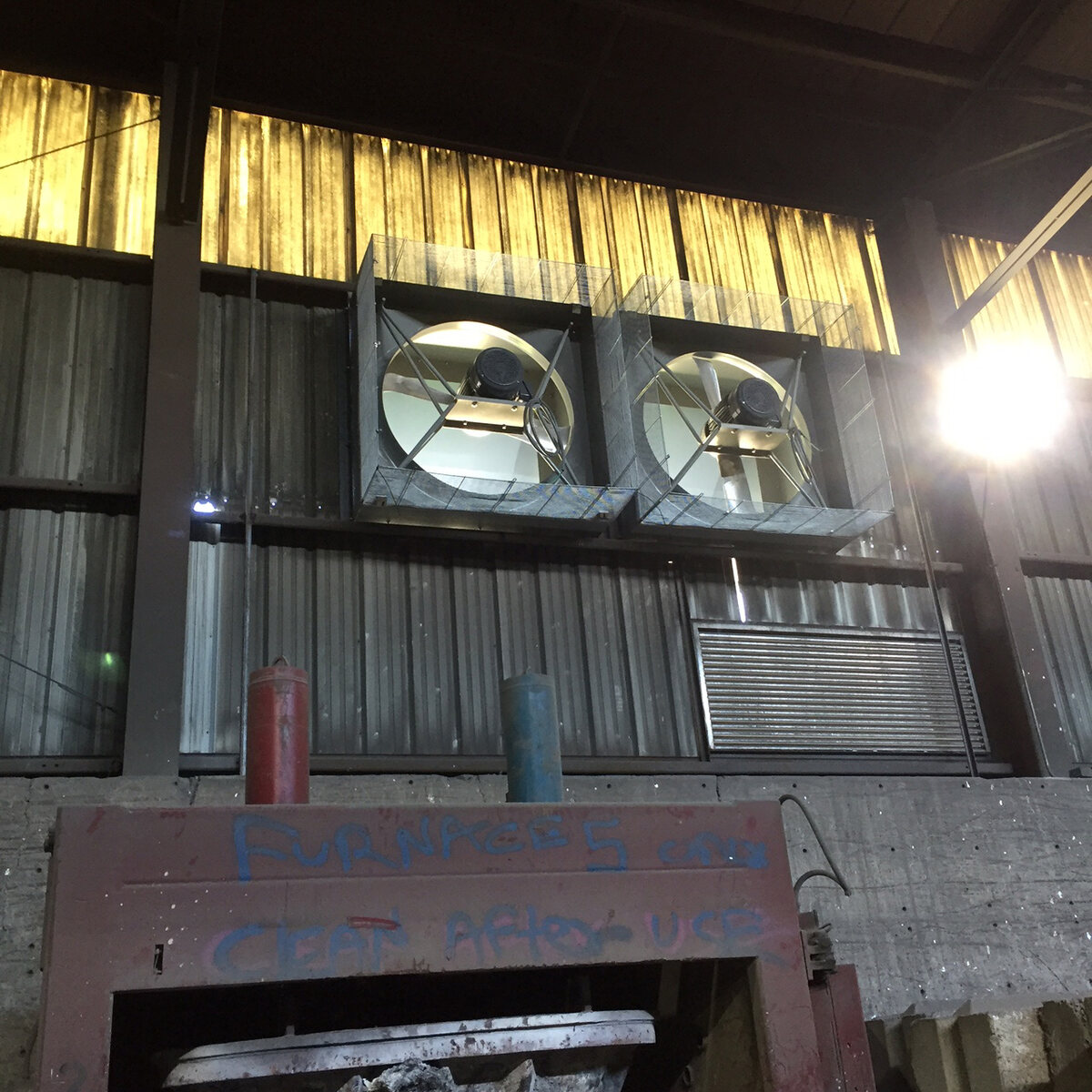
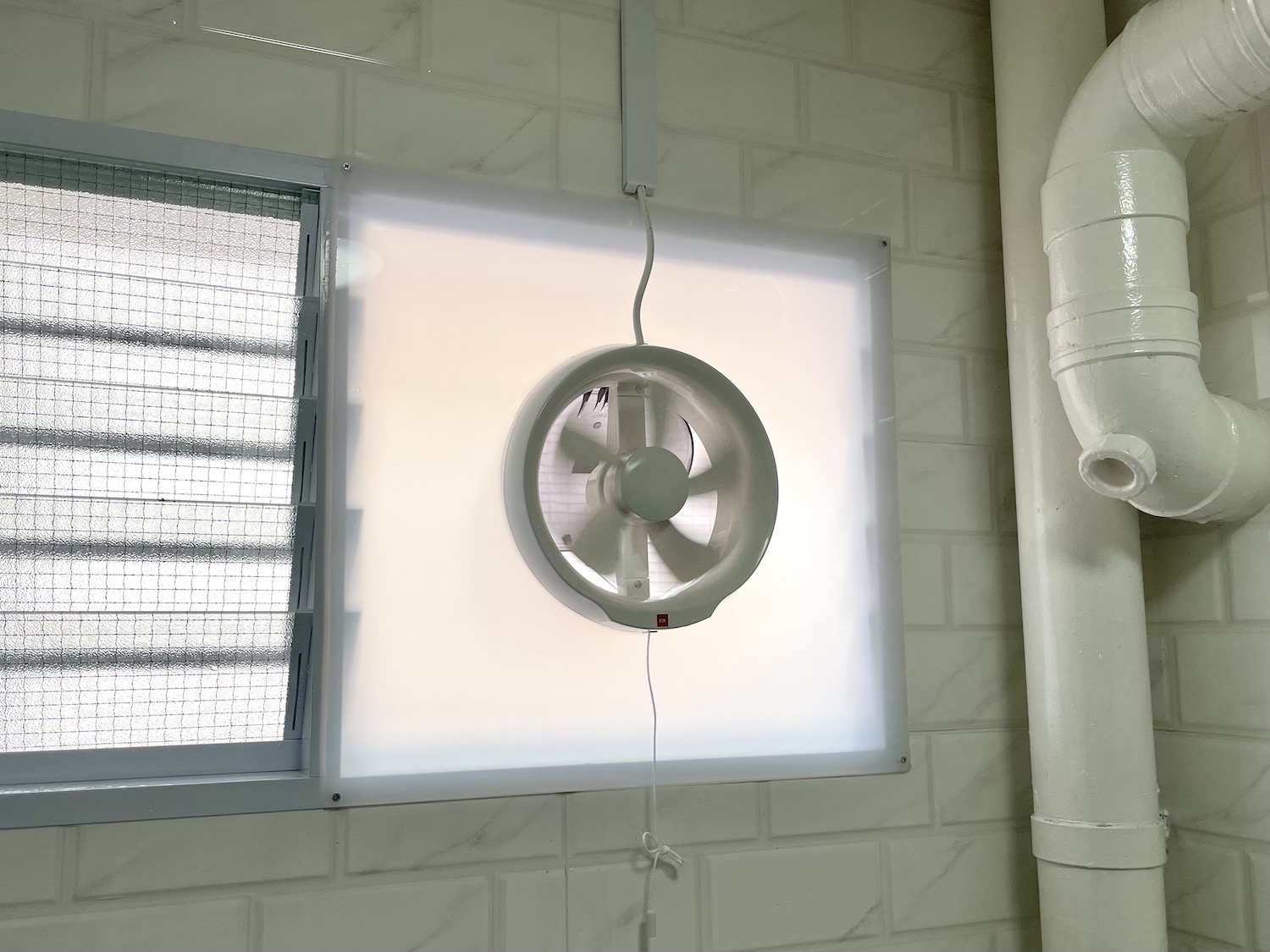
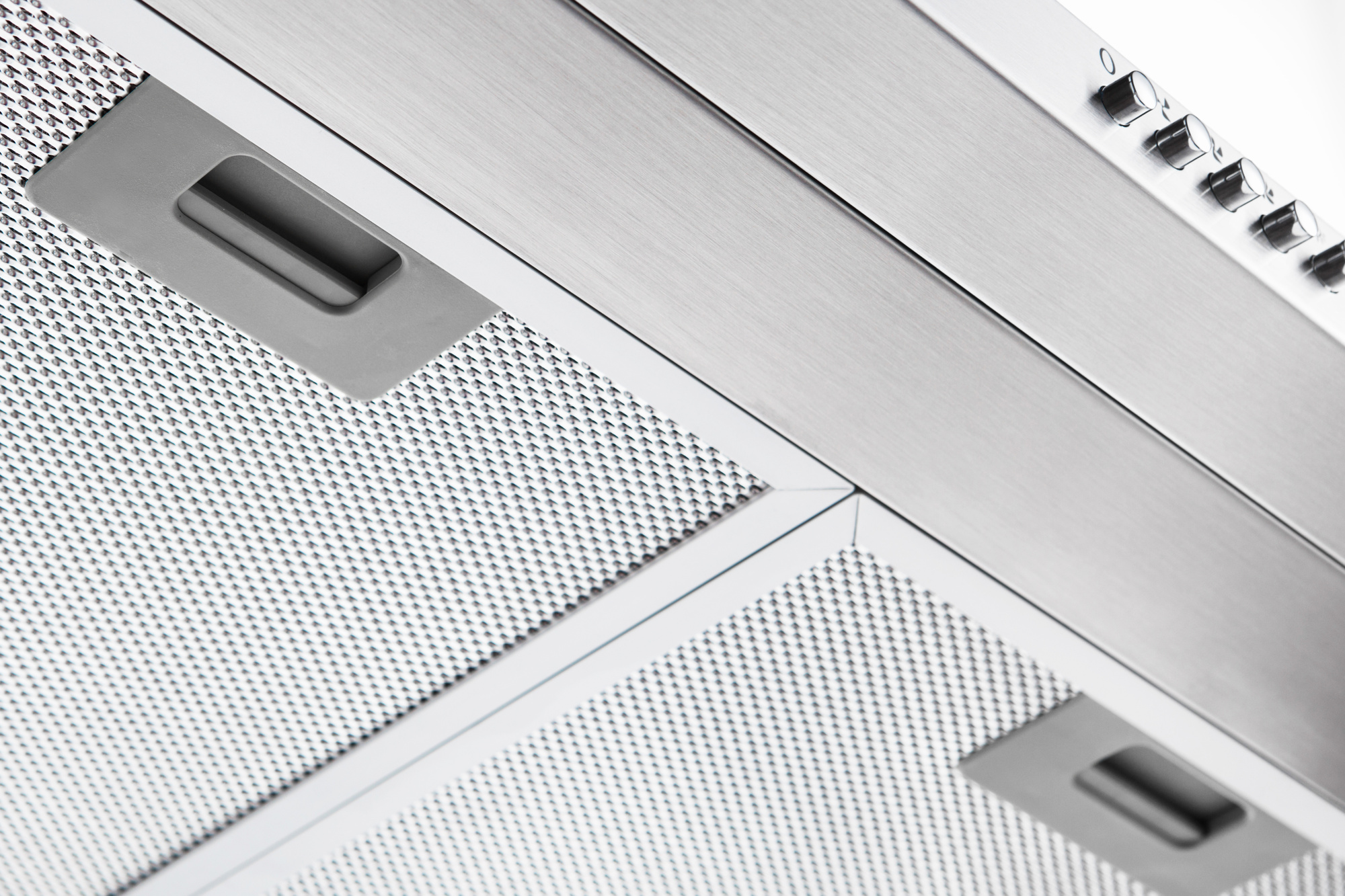
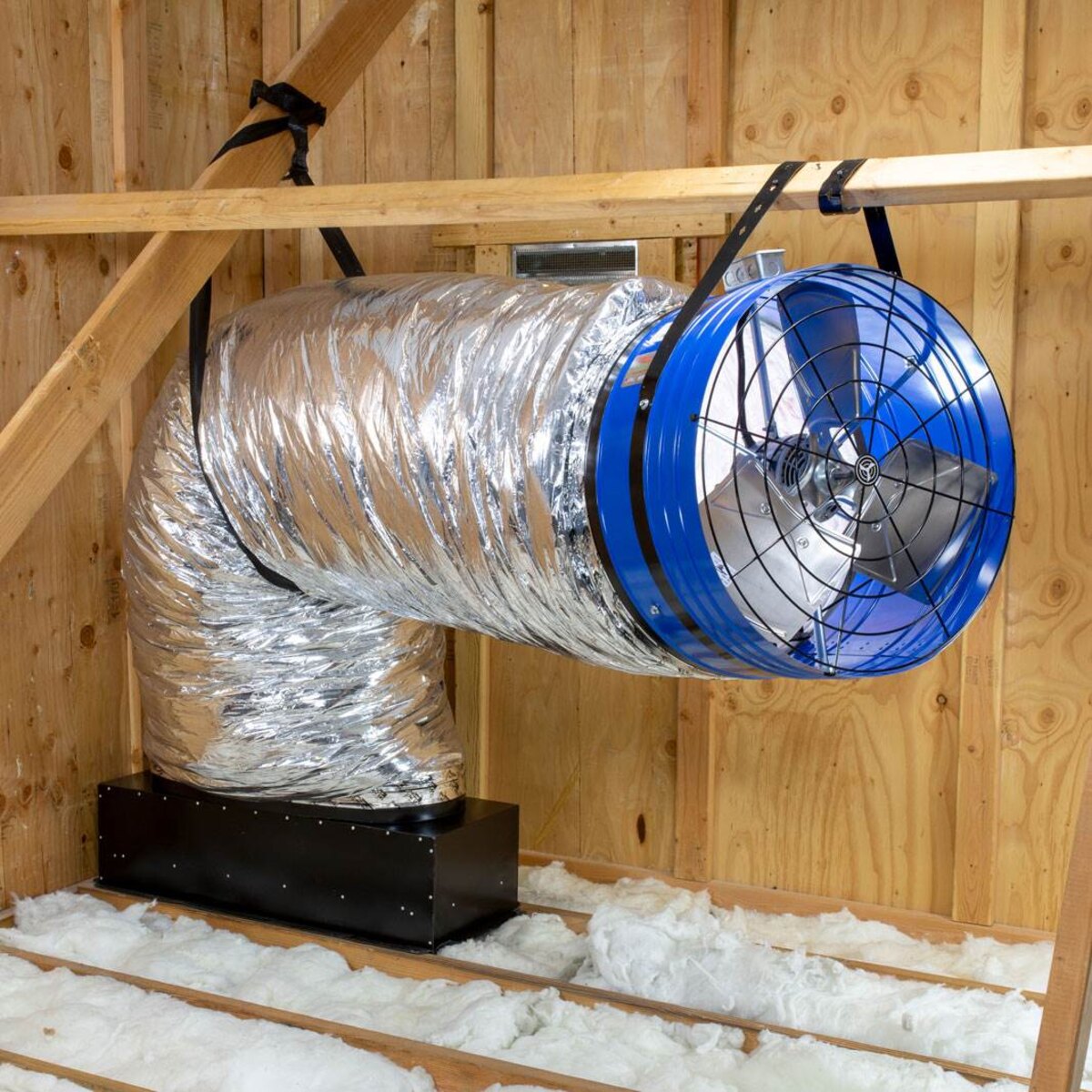
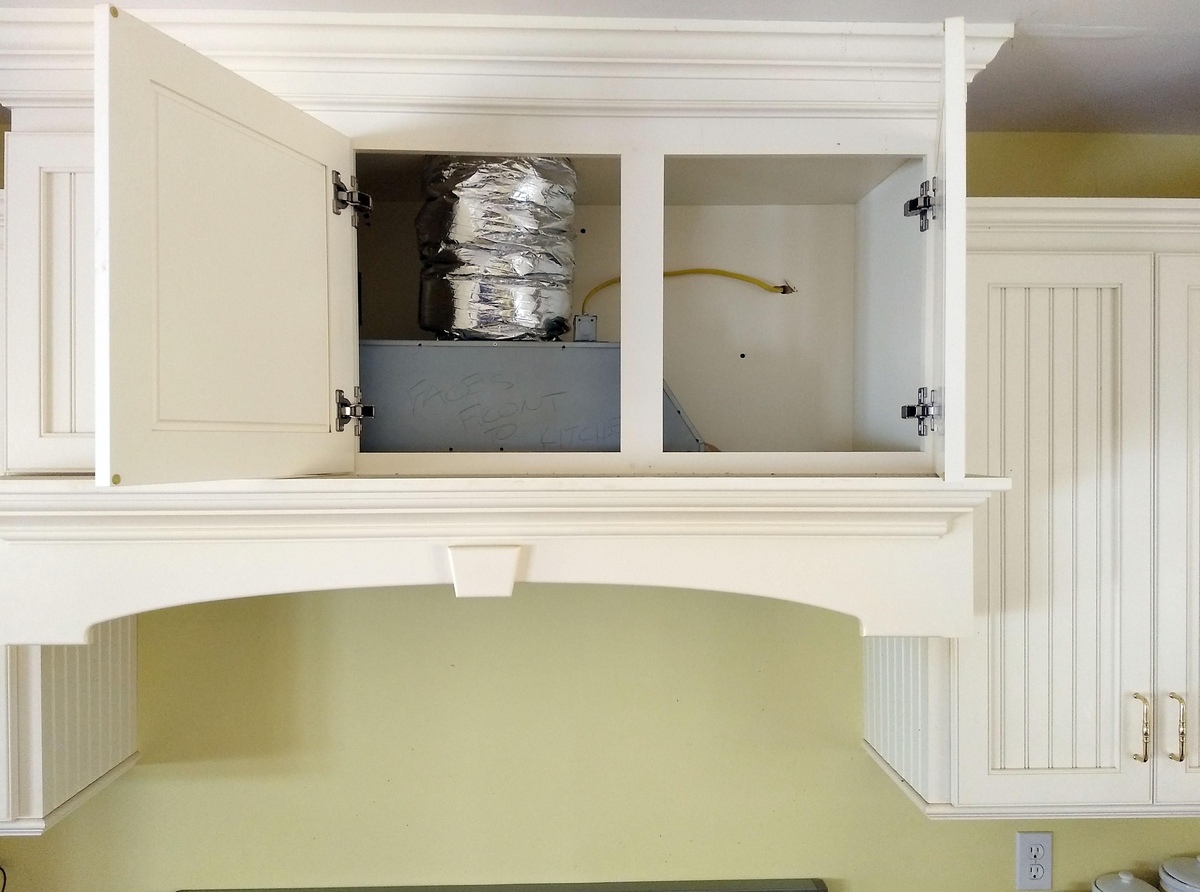
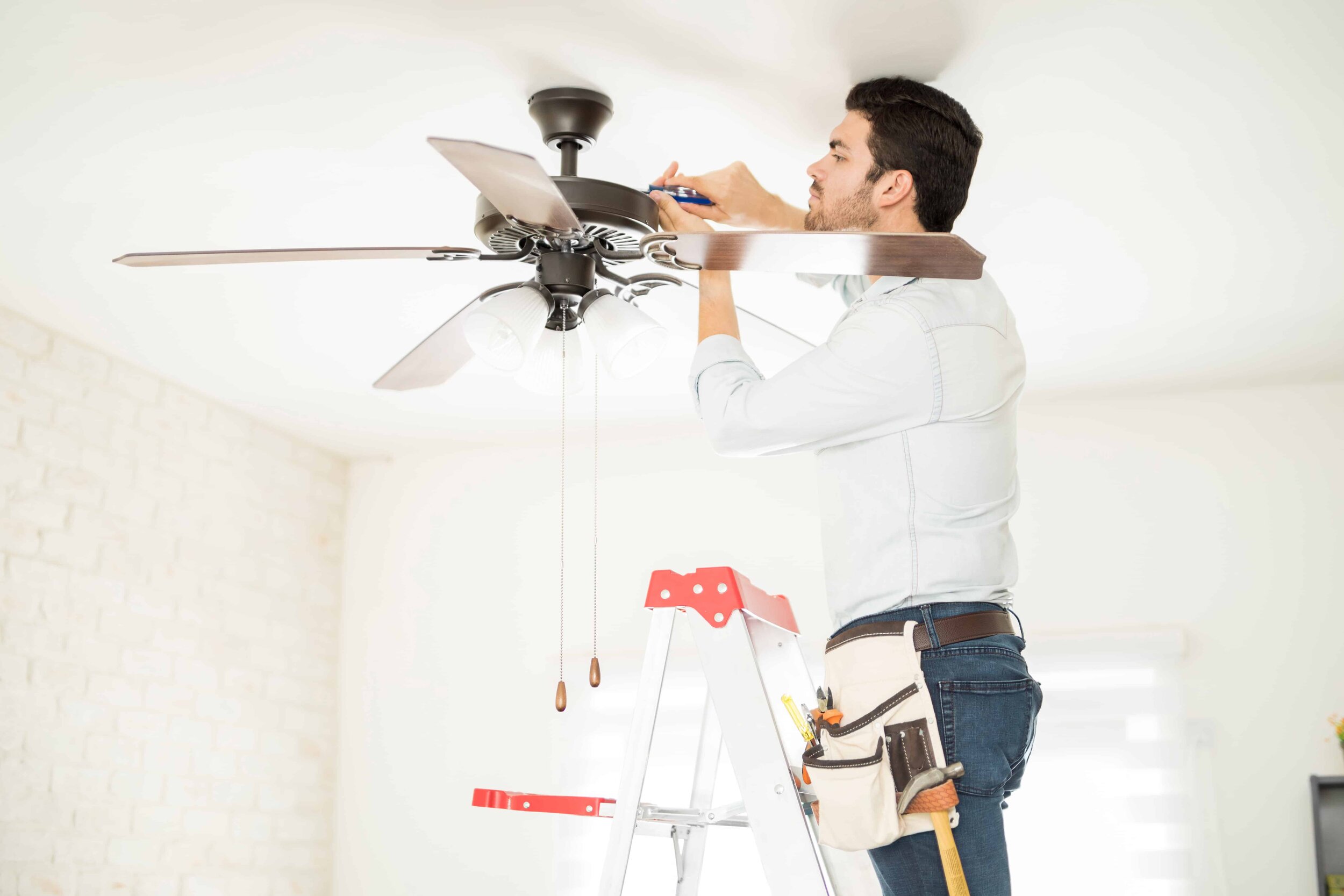
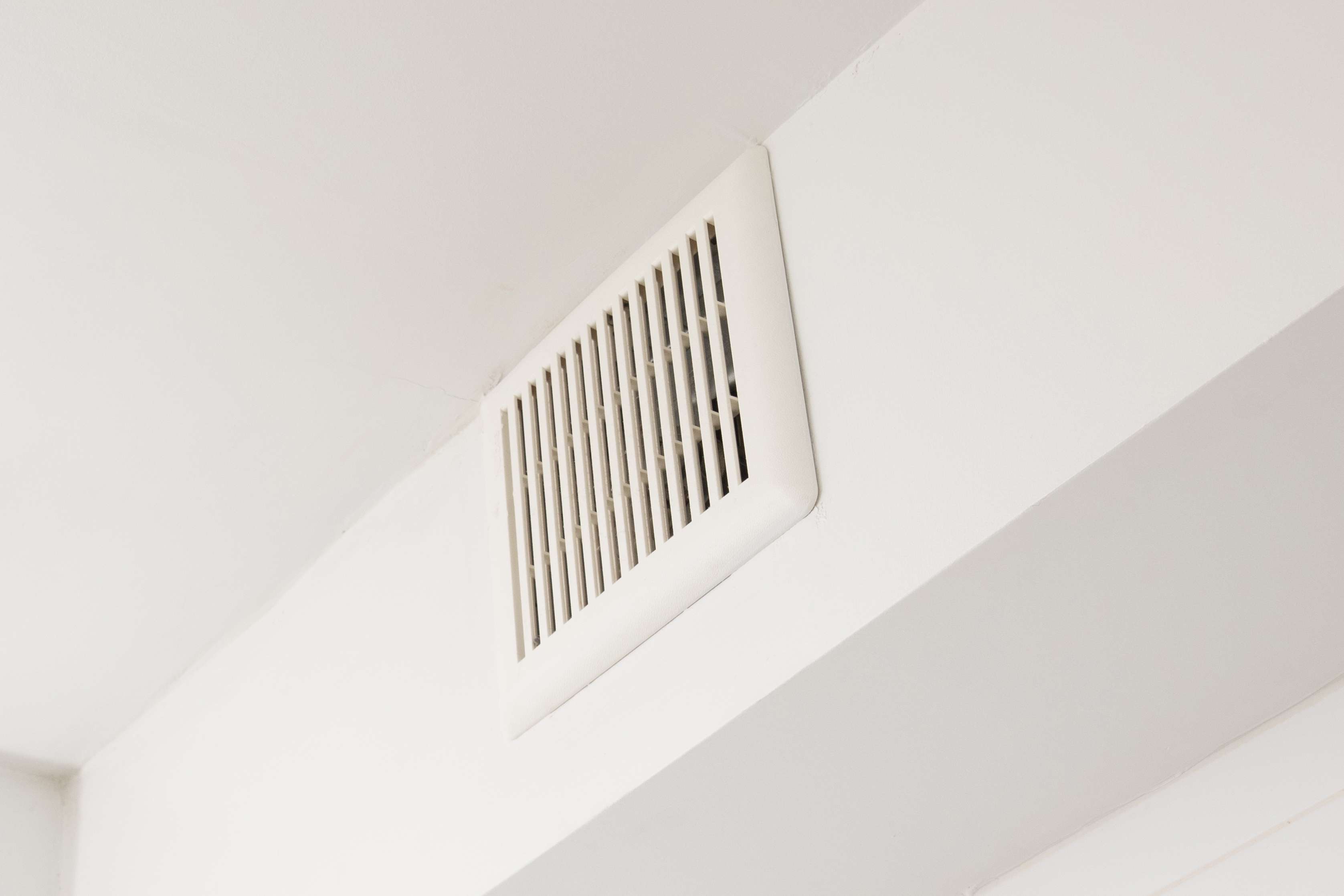
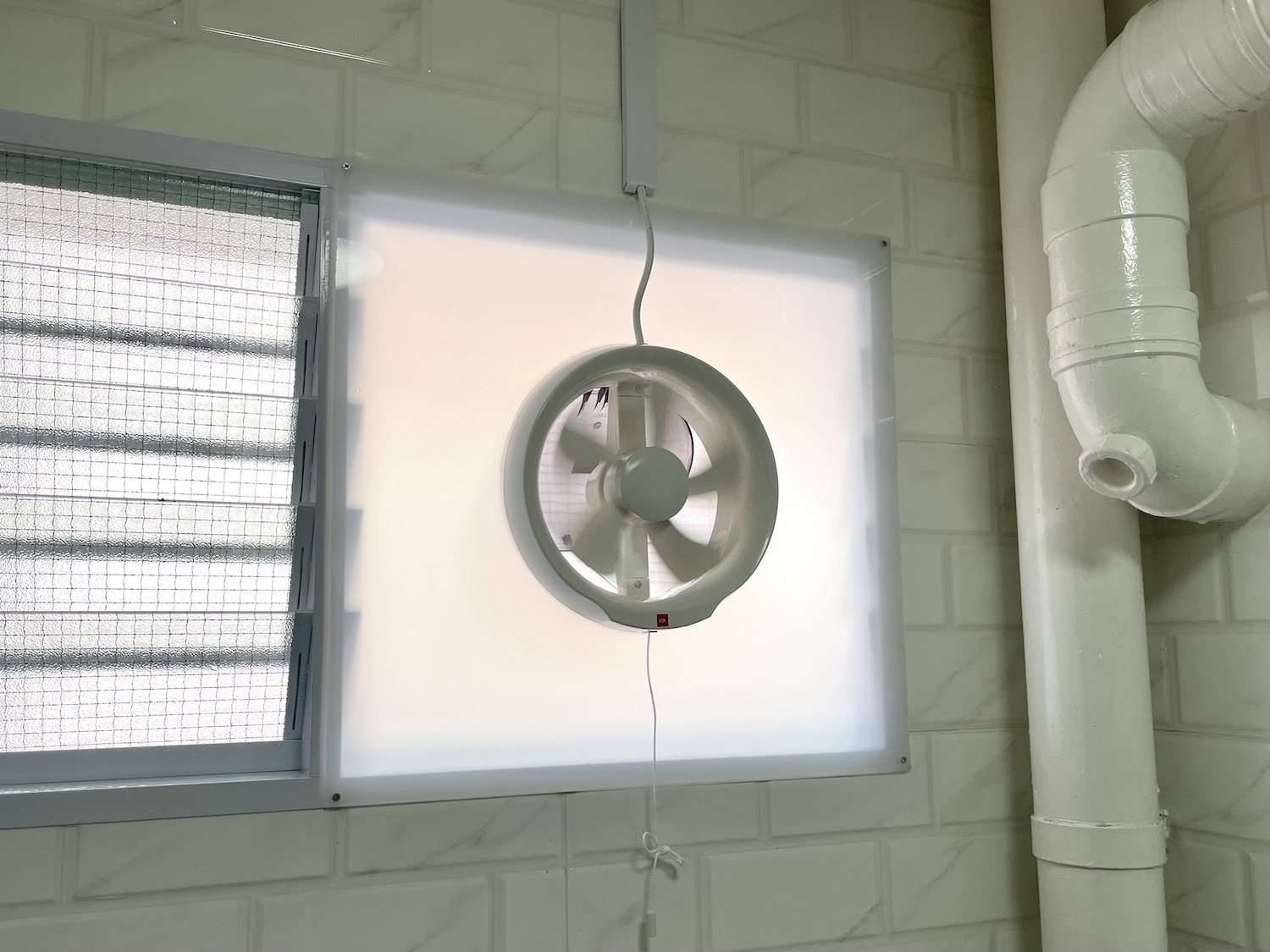
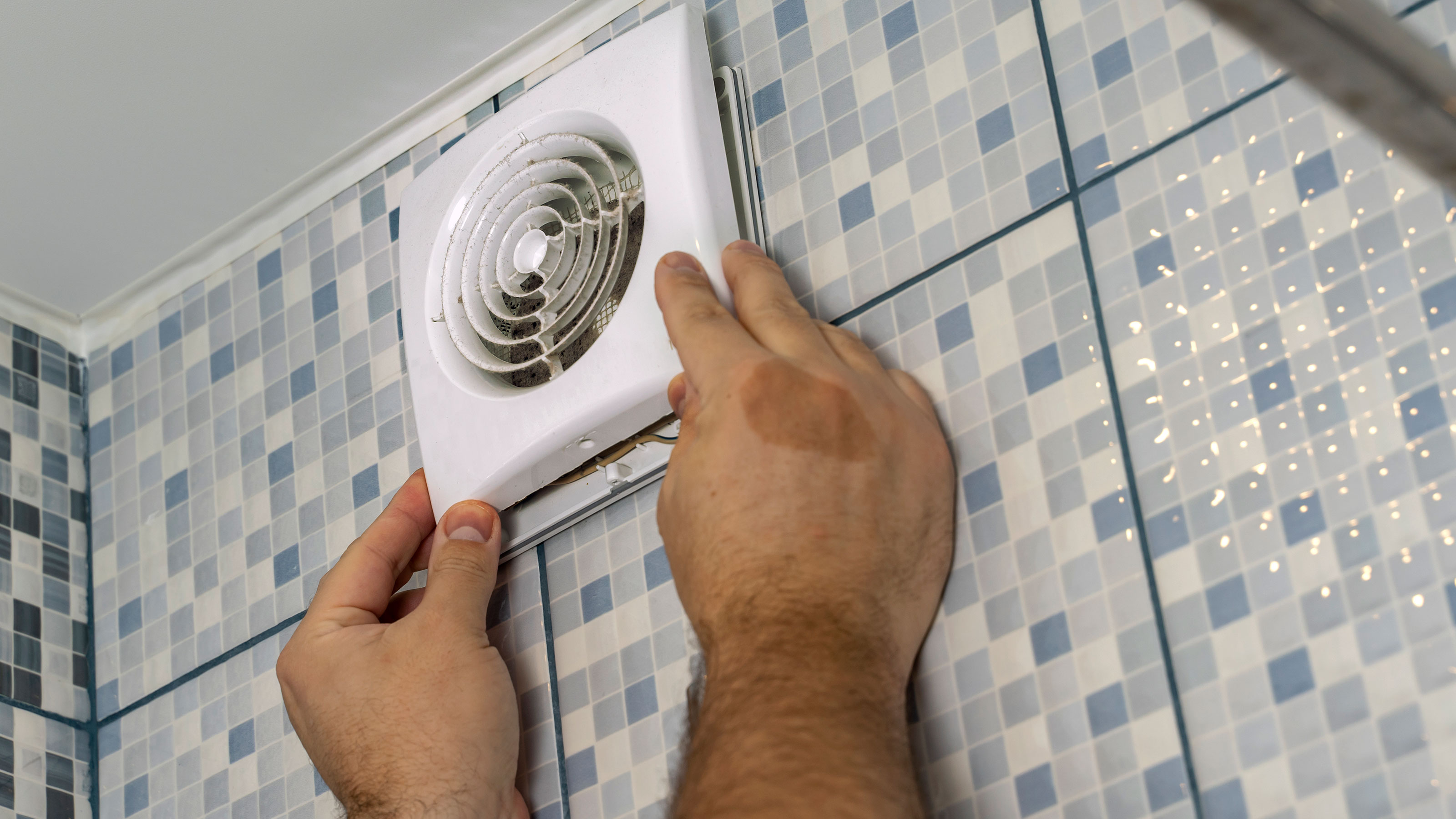

0 thoughts on “Who Can Install Bathroom Exhaust Fan”